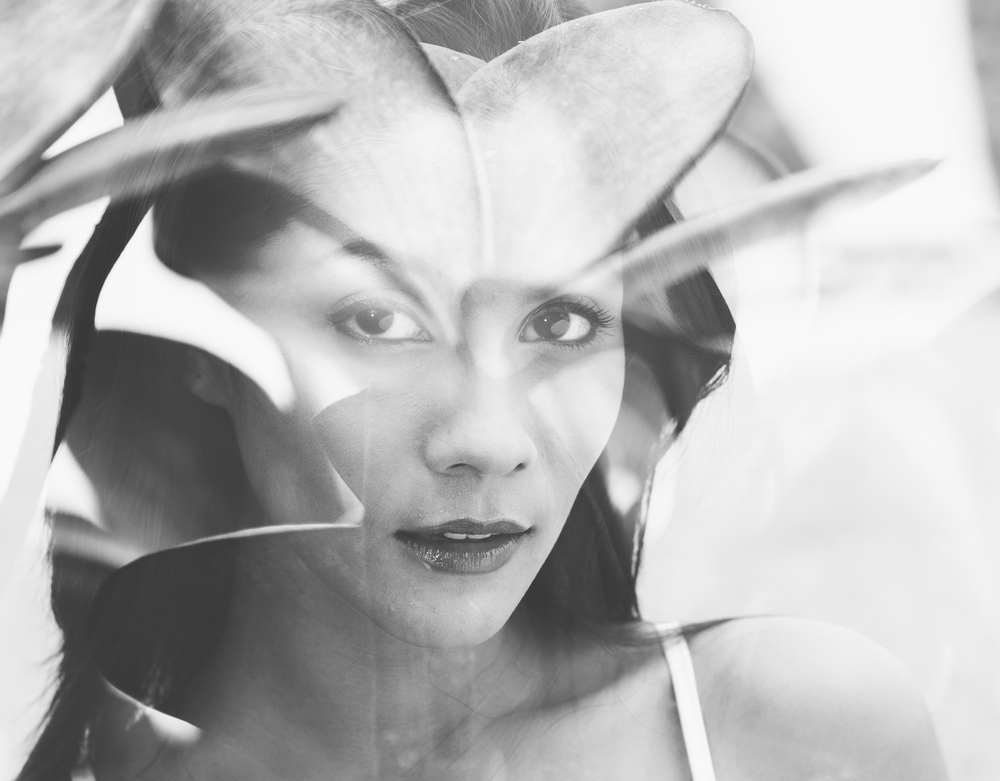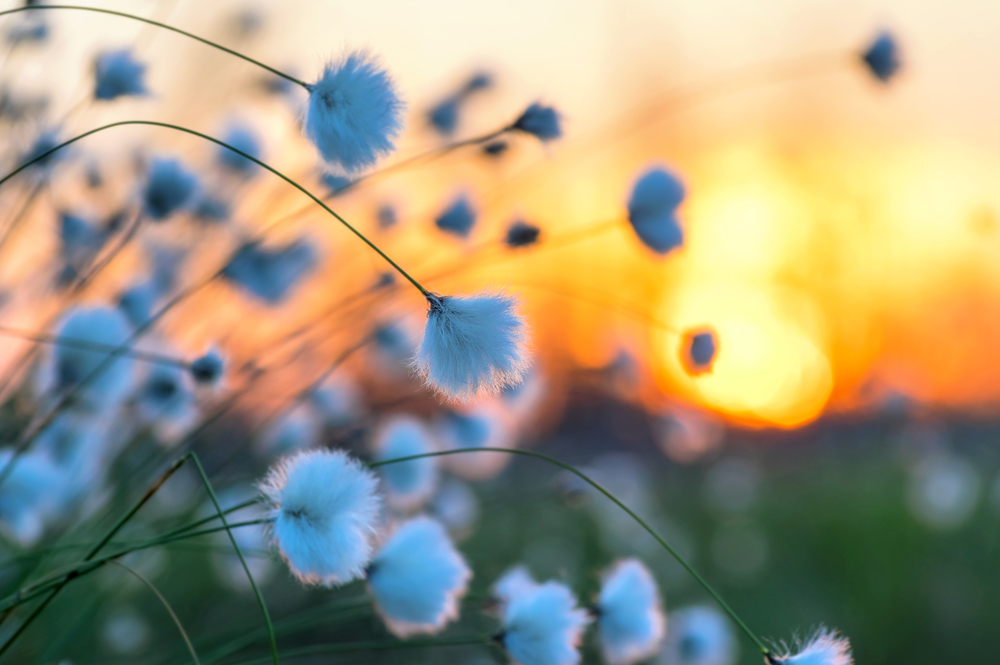It’s not so easy to stand out as a photographer these days. Many people shoot practically the same pictures with similar techniques, and since almost any modern smartphone has a good camera, the general quality of images has improved (not even mentioning DSLR cameras). If you are done with shooting ordinary, conventional photos and want to know how to make your shots more artistic, you need to explore different creative techniques you can try out with your personal photography. This article lists 8 tips on creative photography techniques that will help you find some inspiration for making your images different.
Trying new things and finding your signature style can lead to potential income opportunities. In these trying times, many photographers are on the lookout for an extra income. If your shots have a commercial appeal in them, you can upload them to a stock photography website and start receiving money for your freelance photography work.
1. Don’t focus on your subject
Most photographers focus on their subjects when they shoot portrait photography, which seems logical and technically correct in most cases. However, if you want to create something out of the box, you can try to focus on a different object within your frame (for example, ask your model to hold something) and leave your subject blurred. Even the most prominent and well-known photographers (such as Antoine d’Agata) use similar techniques in their shots, which adds a mysterious touch to their pictures.

Rawpixel | Depositphotos
2. Use water and other reflective surfaces
Including rivers, ponds, lakes, and seas into your frames can do wonders for your shots, since water provides reflections that compliment the picture well. It’s an especially good idea to shoot when the light is gentle and not too bright, and the setting is evenly-lit. Experiment with your shots during the golden hour and the blue hour and try to catch reflections of the sky, clouds, objects and subjects in the water.
3. Choose wisely when to convert to black and white
If you want to make the most of black and white photography, you should consider that once the colors are out of the image, your composition, forms and shapes, leading lines, lighting, and shadows take a central role in your frames. It’s not enough to simply turn your picture black and white using a filter if the subjects, objects, and composition don’t really align in the shot. You should strive to take shots that have more intriguing perspectives to add dramatic touch to your images. It’s better to use low ISO when you shoot black and white photos to avoid any grain or noise in them.

Victor_Tongdee | Depositphotos
4. Break composition rules
Many beginner photographers base their compositions on the rule of third. However, sometimes it’s a good idea to search for more unusual ways to compose your shot. Research on the rule of thirds and how you can use it for your composition, or just go with the flow and shoot something in your own way. To break the rules wisely, you need to know them first, so reading on most common composition rules in photography and how to use them might help you think about something interesting for your pictures.
5. Shoot moving subjects at night with slow shutter speed
Shooting at night might be tricky for beginners, but if you have a tripod or can set your camera stabilized and steady, you should opt for slower shutter speed (from 1/30 to several seconds long). This will help you capture the long trails of light, which you have probably seen in good night shots. Use this tip to create mesmerizing photoshoots of both urban areas and starry skies, or ask your models to quickly move with any source of light at their hands.
6. Take pictures with intentional motion blur
Another way to use slow shutter speed is intentionally blurring moving subjects, with the technique called motion blur. To take such pictures, set around a half second long shutter speed (with practice, you can even opt for a longer shutter speed) and move or spin your camera. The technique is often used in sports photography and portraiture, and allows you to create dynamic and bright shots.
7. ‘Freeze’ the movement with fast shutter speed
On the contrary, you can use fast shutter speed when you shoot moving objects in order to capture the exact moment, receive a sharp image, and ‘freeze’ the movement. Shooting with fast shutter speed allows you to capture things we don’t usually see with a bare eye, such as a water droplet in the middle of its flight to the ground. Note that you will most certainly need a tripod to try out this photography technique if you want your pictures to be sharp and balanced. You should also opt for narrower apertures for this type of images.
8. Shoot macro with contrasting background
If you are into macro photography, you might have noticed that many outstanding macro shots use a contrasting and often a very simple background. Think about macro underwater photos of fish and sea habitants, which most often have black or deep blue backgrounds. This happens mostly naturally under water, but helps to make subjects stand out even more. If you want to shoot macro pictures, opt for wider apertures, stabilize your camera, and pay attention to lighting conditions. If you want to take your macro pictures to the next level, search for a contrasting background or create a DIY one with things you have at hand.
Conclusion
There are many things that can improve your photography and make your shots more interesting and unconventional. Apart from researching creative photography techniques, you can also learn from amazing and famous photographers, dedicating some time to find your favourite artists and analyzing what makes their works so appealing or important.
However, you should note that getting inspired by others doesn’t equal comparing yourself to others. Even if you are an amateur photographer, you can always become more professional and more confident with the right amount of practice, dedication, and patience, with no need to put yourself under harsh self-criticism.
Featured image: Leika_production | Depositphotos




